The scientific truth about Planet Nine, so far
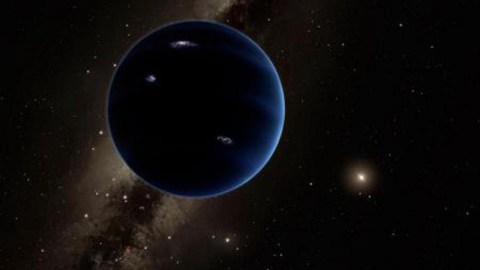
Could there be a massive, giant planet beyond Neptune? Here’s what the science says… for now.
“Finding out that something you have just discovered is considered all but impossible is one of the joys of science.” –Mike Brown
Last year, two astronomers were looking at the most distant objects orbiting our Sun ever discovered, when they noticed something funny. These ultra-distant Kuiper belt objects, instead of having their orbits oriented at random, were both swept off in one particular direction and tilted in the same direction. If you only had one or two objects doing this, you might chalk it up to random chance, but we had six; the odds that this would be random was around 0.0001%. Instead, astronomers Konstantin Batygin and Mike Brown proposed a radical new theory: that there was an ultra-distant ninth planet — more massive than Earth but smaller than Uranus/Neptune — knocking these objects into their new orbits. 16 months later, here’s the scientific truth, so far.
First off: the idea is brilliant. Anytime you can take a slew of observations that don’t seem to make sense on their own and explain what caused them with a single new object, it’s very compelling. But like many brilliant ideas, it’s also possible that it’s simply wrong. Seeing six ultra-distant objects doing something slightly unusual doesn’t mean there aren’t also six million ultra-distant objects doing something perfectly normal, but those aren’t the ones we’ve seen yet.
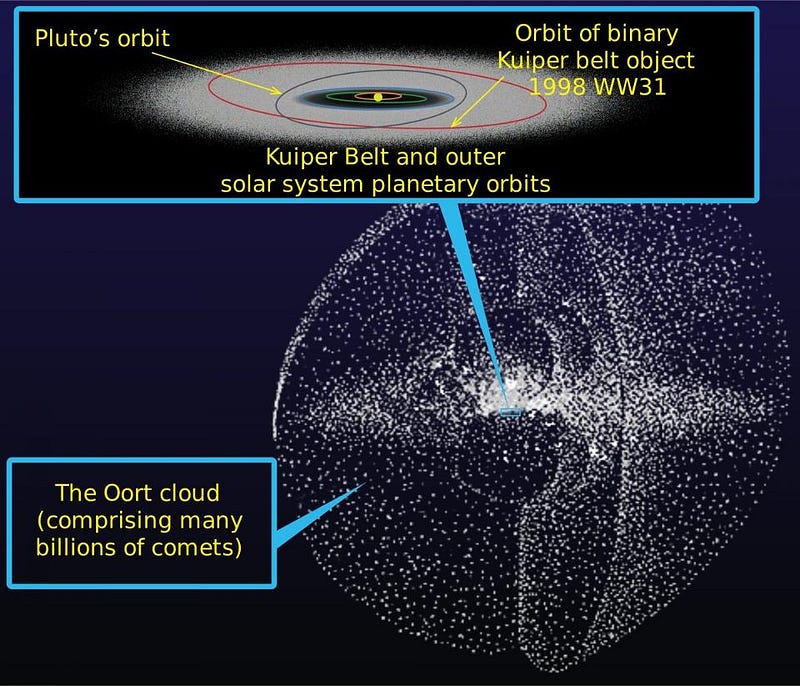
Astronomers call this bias: in any data set, you’re only looking at the objects that are easiest to see/find/measure, and those objects tend to be outliers in many regards by their nature. If you were looking above the tall grass and only saw giant elephants, you might conclude that there was no such thing as an elephant calf; that’s your bias. But there’s a way to overcome this bias: ask what will happen if you collect new, better, and additional data? What specific predictions can you make to confirm or invalidate your hypothesis? In the case of the Planet Nine idea, there are five.
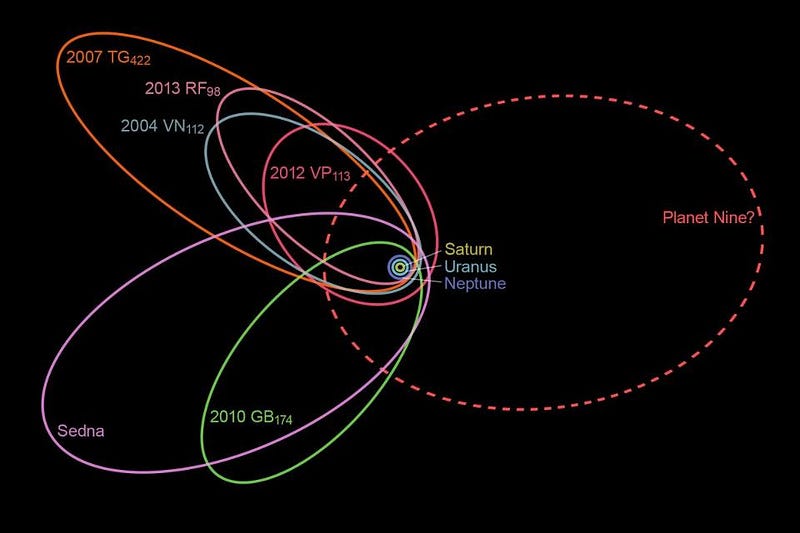
1.) If Planet Nine is real, it should produce many more distant objects with this strange, unexpected alignment. If there were an ultra-distant, massive planet out in the outer Solar System, it should, on occasion, gravitationally encounter other objects in the Kuiper belt. Some will strike the planet, some will be ejected from the Solar System, but some will be be thrown into an orbit in the opposite direction of Planet Nine. We can test this by looking for more objects with very large maximal orbital distances from the Sun: where they get hundreds of times as far from the Sun as the Earth is.
2.) These objects should also have their orbits tilted in the same direction as the original six. An unusual systematic shift like this for just six objects has about a 1-in-1,000 chance of occurring. If you discover a dozen more and they all have the same tilt, those odds are one-in-a-billion. Finding more objects and measuring their tilt is a great indirect test of the Planet Nine hypothesis.

3.) A small population of objects, contrary to prediction #1, will have orbits swept off in the same direction as Planet Nine. This was a prediction that Batygin and Brown’s second paper on the subject made, and represented something interesting because no such objects like this had ever been found.

4.) The orbital planes of these objects should be tilted in the same direction, with some spread/variability. This is a more nuanced take on prediction #2, quantifying how spread-out the systematic shift should be. Additional simulations by Brown’s team, presented at a conference in October, were able to show exactly where the “north pole” of the orbital planes of these objects should be. If a large number of these ultra-distant Kuiper belt objects are discovered, their spreads can be matched against the predicted distribution.

5.) Most importantly, Planet Nine should be out there, and should be detectable from the ground. If there is a planet this large and massive out there, it should reflect enough sunlight that even from the ground, even at some five times the distance of Pluto, our telescopes should be able to see it.
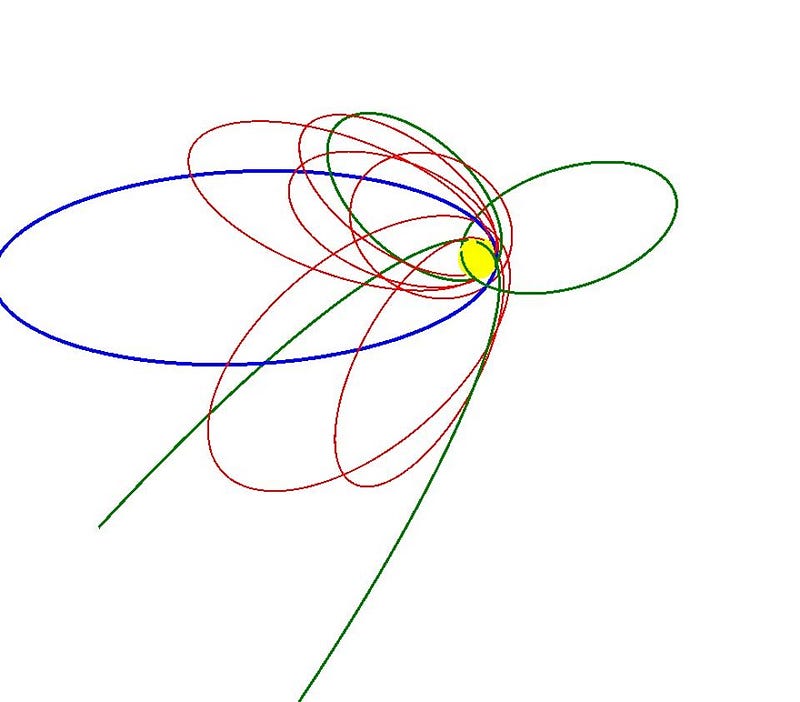
As far as indirect evidence goes, the Planet Nine idea is doing pretty good! The items numbered one-through-four are the indirect predictions, and since Planet Nine was first hypothesized, an additional four objects have been found: one by the OSSOS team (in blue) and three by the team of Sheppard and Trujillo (in green). The green object whose orbit sweeps off to the right is the first example of prediction #3, which is interesting! But far more interesting is what we see if we plot all of the objects discovered so far against what the simulations of their orbital planes should be.
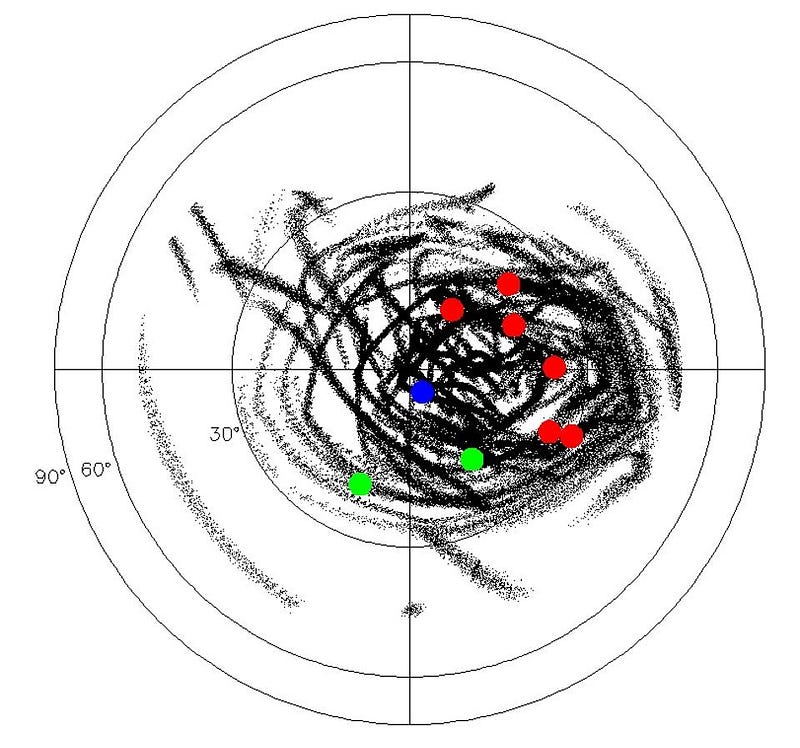
They match Brown’s simulations! As far as the indirect evidence goes, you couldn’t ask for a better match, given the limited amount of data available. But there are drawbacks, too:
- This is still extremely biased data; we’re only finding objects that come very close to the Sun relative to how distant they get.
- The total number of objects found — ten — is still very low in significance.
- The more nuanced predictions, #3 and #4, are less restrictive than the earlier predictions; even though they’re more fully correct, their larger uncertainties reduce the significance of the findings.
- And most damning, Planet Nine itself remains elusive.
There is hope, however.
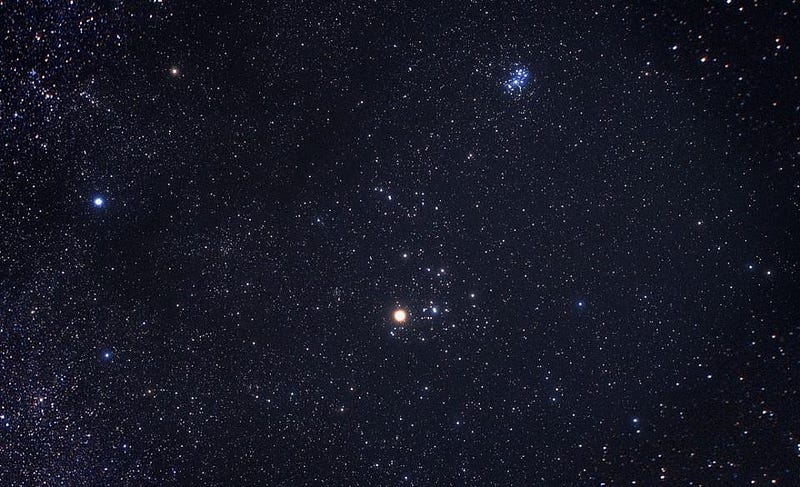
The full suite of data allows us to place better restrictions on where we think Planet Nine ought to be, and the most likely scenarios place it somewhere in the constellation of Taurus. As we approach the June solstice, that constellation becomes more visible, meaning that the coming months will be the best time for potential Planet Nine-hunters, both amateur and professional, to get to work. Mike Brown is also keeping a blog, himself, about the current status of the efforts to find Planet Nine; despite his wild optimism about the scenario, his reporting thus far is accurate and not overhyped.

The most surprising results from the Kepler mission was that the overwhelming majority of planets in the Universe were not small, rocky worlds like Earth or Mars, nor large, gas giant worlds like Neptune or Jupiter, but rather in-between worlds, collectively classified as Super-Earths. Ever since that discovery, astronomers have wondered why there simply aren’t any of those worlds in our Solar System. If the Planet Nine hypothesis is right, then there actually is one, and this is the best season for finding it!
Ethan Siegel is the author of Beyond the Galaxy and Treknology. You can pre-order his third book, currently in development: the Encyclopaedia Cosmologica.





